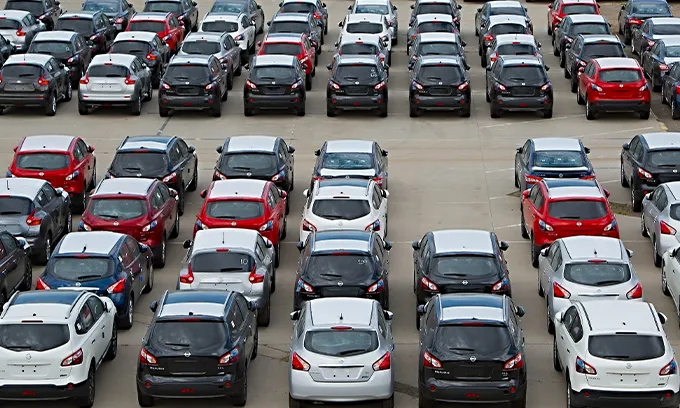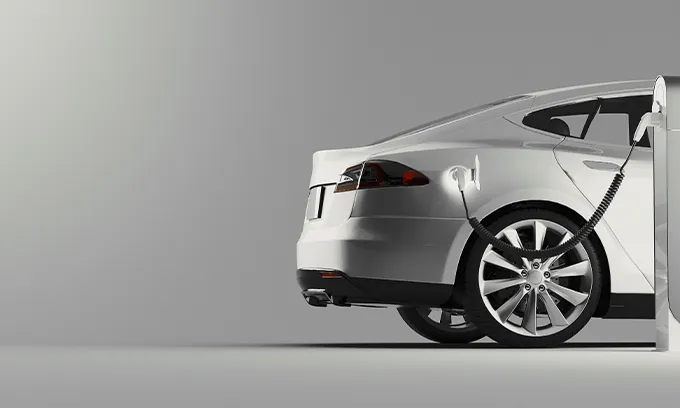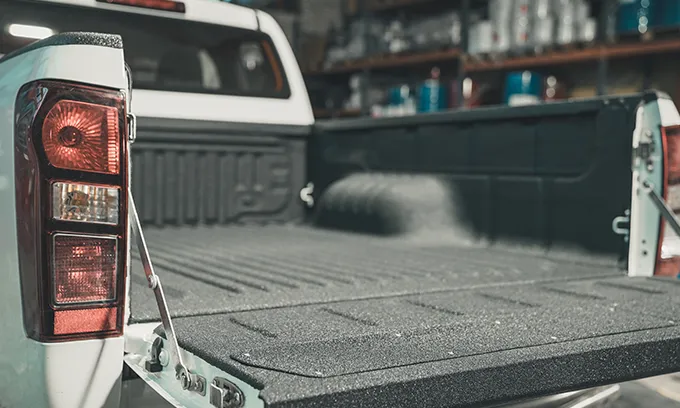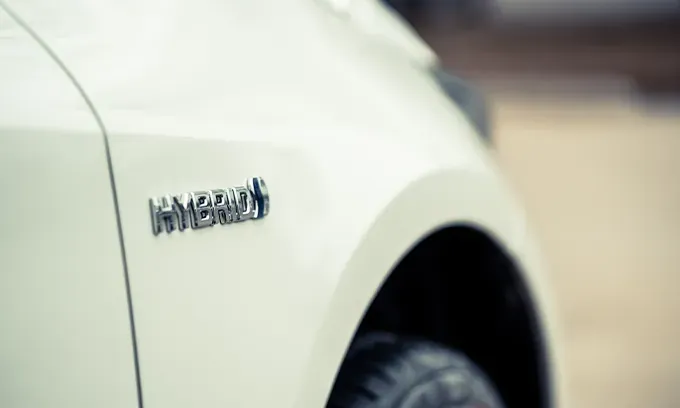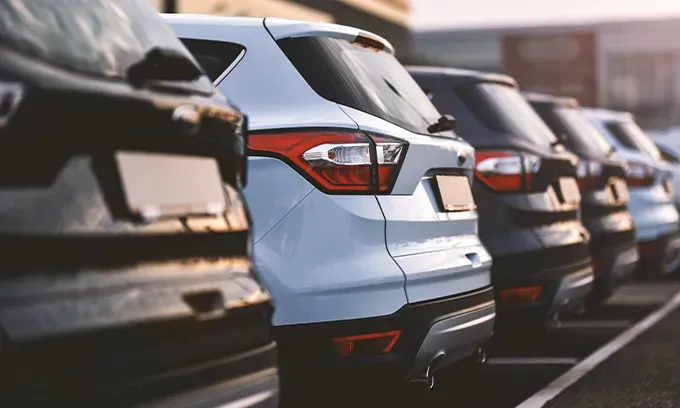Importing a car into New Zealand involves several steps to comply with local regulations and ensure a smooth process. Here's a general guide on how to import a car into New Zealand:
1. Check eligibility
Ensure that the car you intend to import meets New Zealand's eligibility criteria, including emission standards, safety standards, and compliance with other regulations.
You can find more information about vehicle requirements and standards here.
Confirm that the vehicle meets New Zealand's safety and environmental standards. Some vehicles may require modifications or testing to comply with these standards.
2. Entry certification
Entry certification is carried out by certifiers that are appointed by Waka Kotahi. This process will include:
- Certifying that the vehicle meets the relevant safety and emissions standards when manufactured
- Establish proof of vehicle ownership
- Thorough inspection of the vehicle to check it is in good condition or if needs any repairs and/or specialist certification
- Issue an application to register a motor vehicle form (MR2A) and a warrant or certificate of fitness
- Issuing a new vehicle identification number (VIN) in the event that the vehicle does not have a compliant VIN or the existing VIN cannot be decoded
3. Provide evidence to start the importing process
Once you have done your research and have purchased a vehicle, you'll need to complete the following steps:
- Contract the services of a shipping agent to help with the import entry process (this not mandatory but highly recommended)
- Provide evidence to support compliance with all requirements. Some evidence will need to be supplied to the shipping agent for entering the Customs import system, other information and evidence will need to be provided as part of the entry certification process
4. Customs clearance
Once the vehicle arrives in New Zealand, it must clear Customs. Present the required documents and pay any Customs duties and taxes.
5. Compliance inspection
Once Customs and biosecurity clearance is provided, arrange the entry certification which will identify any repairs that are required as part of the entry certification process.
If the vehicle has major damage, it may be taken to a repair certifier prior to an entry certifier.
6. Vehicle registration and licensing
You'll need to arrange for your vehicle to be registered and licensed by a Waka Kotahi-approved agent if you plan to use it on the road (if not already completed in step 2).
Once completed, it can be driven legally on New Zealand roads.
Following this, the standard requirements for driver and vehicle licensing and in-service inspection (warrant or certification of fitness) will apply into the future.
7. Insurance
Ensure your vehicle is covered by insurance. This coverage is essential for protection against accidents or theft.
Benefits of importing a car
Importing a car can have several benefits, depending on individual circumstances and preferences. Here are some potential advantages of importing a car:
1. Cost savings
Importing a car may offer cost savings, especially if the vehicle is purchased from a country where prices are lower or if you have specific requirements that are more affordable in another market.
2. Access to a wider selection
Importing allows access to a broader range of vehicle models, specifications, and features that may not be sold by local dealerships.
Car enthusiasts often choose to import unique vehicles that are not commonly found in their region.
Plus, importing allows individuals to choose a car with specific features, configurations, or options that may not be offered in locally available models.
3. Personalisation and individualisation
Importing provides the opportunity for personalisation, allowing individuals to choose specific colors, interior options, and other features to suit their preferences.
Depending on the country of origin, importing may allow for a choice between left-hand or right-hand drive options, which may be a preference for some drivers.
Downsides of importing a car
1. Costs and fees
Importing a car may involve various costs and fees, including shipping charges, customs duties, taxes, compliance inspection fees, and other associated expenses. These can add up and make the overall cost higher than expected.
Changes in currency exchange rates can also impact the overall cost of importing a car. Fluctuations in exchange rates may lead to unexpected financial implications.
2. Compliance issues
Ensuring that the imported car complies with local safety and environmental standards can be a significant challenge. Modifications may be required to meet specific regulations, and these alterations can be costly.
3. Unknown history
Imported used cars may have unknown or incomplete service histories. This lack of information can make it challenging to assess the overall condition and reliability of the vehicle.
Before deciding to import a car, it's crucial to thoroughly research and understand the specific challenges associated with the chosen vehicle, the country of origin, and the regulations in the destination country. Consulting with experts, such as import specialists and compliance professionals, can help navigate the complexities of the process.


